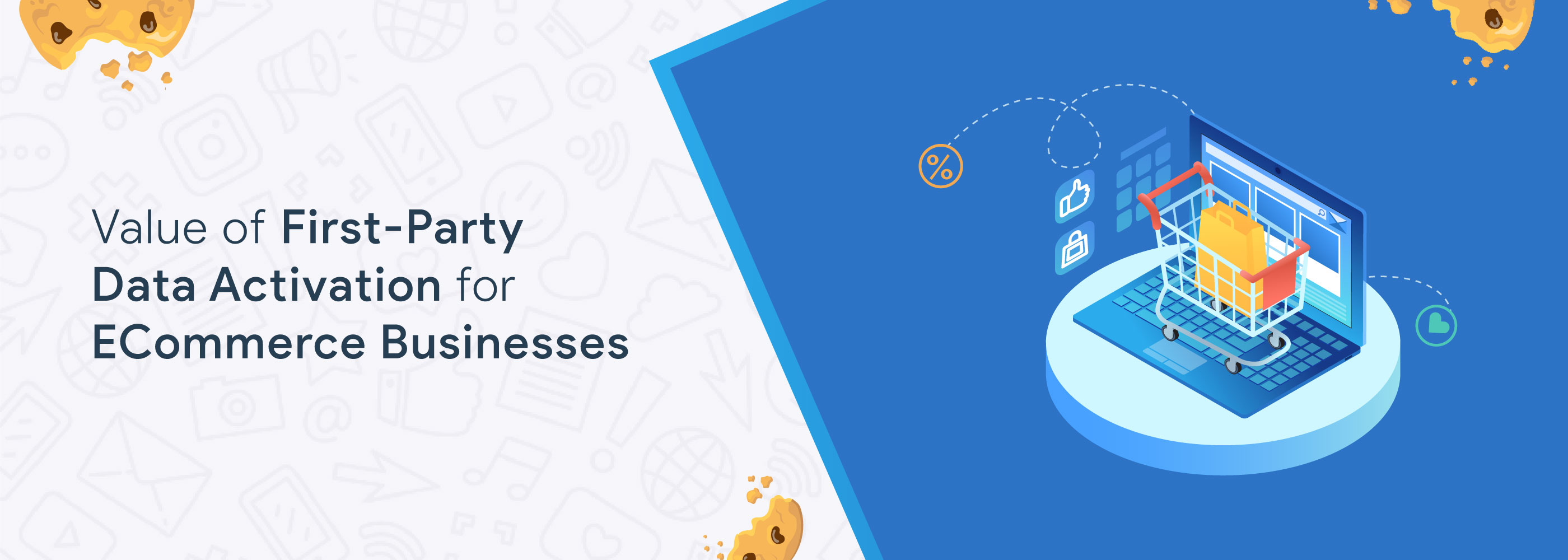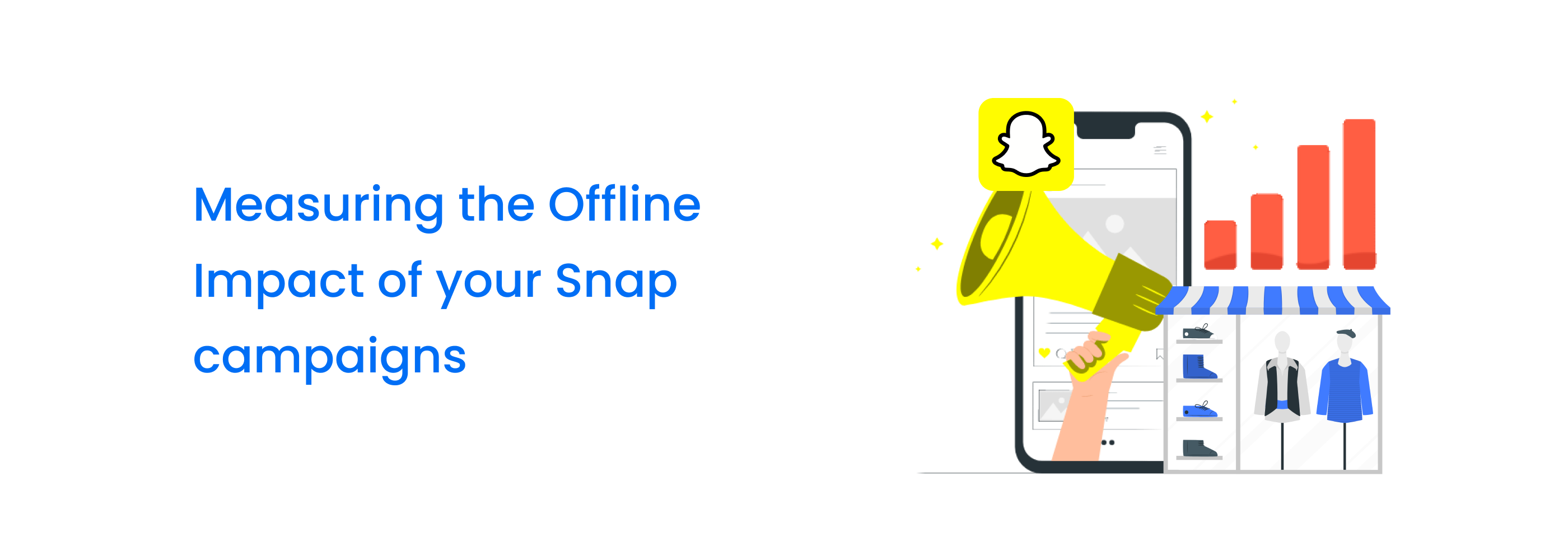Value of First-Party Data Activation for ECommerce Businesses
The third-party cookie demise resulted in the loss of identifiers and identity resolution. However, businesses across the board, especially e-commerce, are self-correcting by re-directing investments from third-party data platforms to first-party initiatives.
The Ability to Collect Data Within Compliance Norms
The first dilemma for marketers is the ability to collect data ethically in keeping with compliance mandates set forth by the regulations such as the GDPR and CCPA. A good first-party data collection solution is expected to take care of this process along with compliance requirements.
The benefit of focusing on first-party data is that it enables businesses to create personalized experiences for their user base and get direct insights into the customer’s product interest while creating personalized experiences for them. Because first-party data is owned by the business itself, it will have control over the data being collected.
While many understand that first-party data can inform advertising, there are other ways to use this data to power an e-commerce business. As information that is unique to the business itself, first-party data can inform everything from products and pricing to branding. For example, e-commerce marketers will know exactly how a customer interacts with a brand and its products and this allows for dynamic pricing catered to a specific consumer.

Effectively Target & Personalize with First-Party Data
First-party data allows e-commerce businesses to carry out in-depth targeting based on customer demography, preferences, payment methods, discounts, behavioral characteristics, Add to Carts, SKUs, purchasing frequency, and so on and so forth. This allows the marketer to identify, create specific target groups and personalize advertisements directed to the user.
With first-party data, you will be able to identify customers based on their transaction history. This is in addition to identification based on the type of vendor they prefer – credit, debit, UP etc.
Let’s break this down further as we go over a few Use Cases
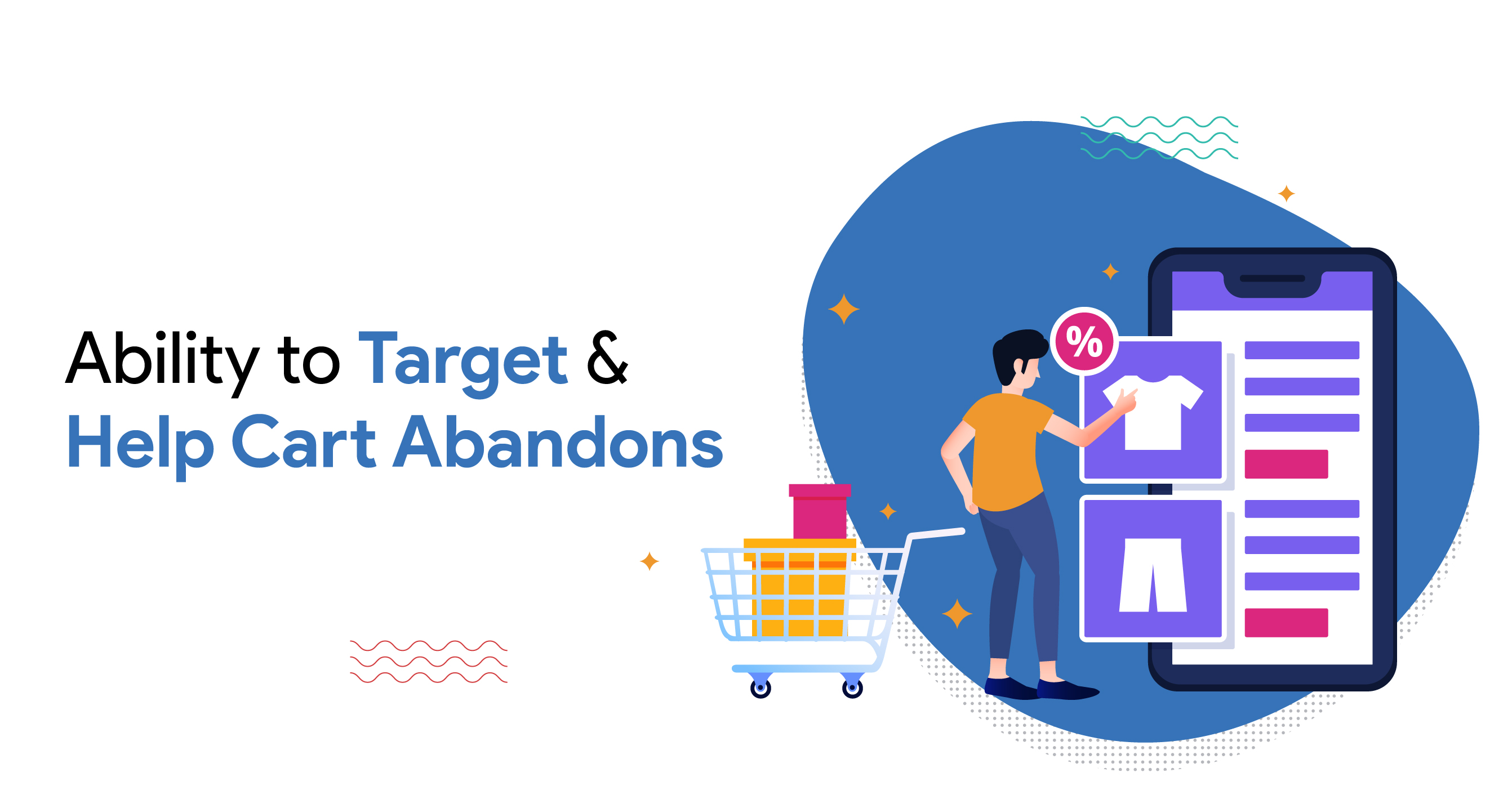
Ability to Target & Help Cart Abandons
There are instances where customers add products to their cart but don’t check out. Access to first-party data helps you identify these customers and connect with them via e-mails, calls, Ads.
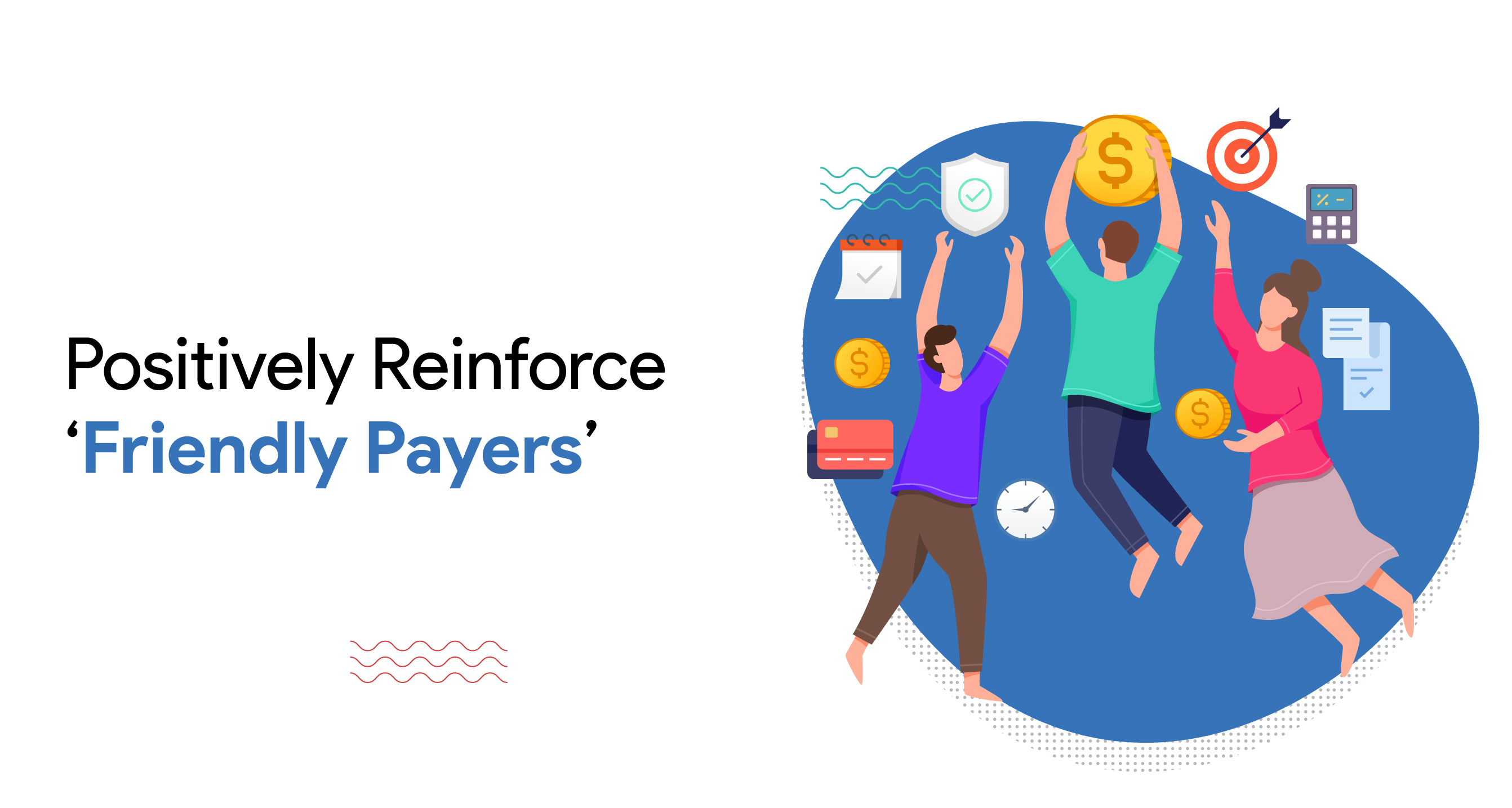
Positively Reinforce ‘Friendly Payers’
Certain customers who are regulars prefer a particular mode of payment. You can group these customers with their transaction mode – Credit, Debit, UP, or Net Banking. You can then send them a regular appreciation email or even targeted ads with relevant offers with their preferred mode of payment.
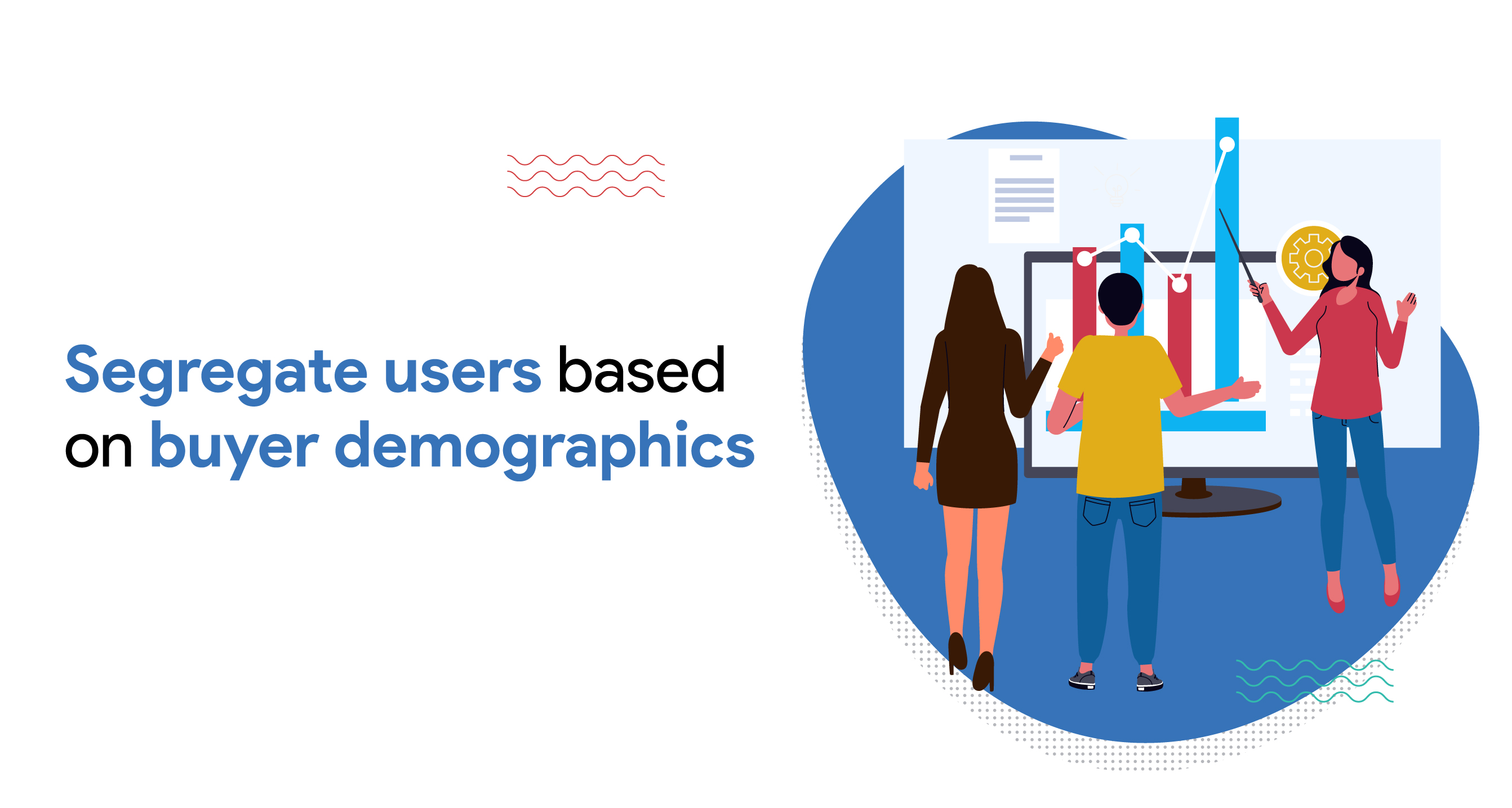
Segregate users based on buyer demographics
E-commerce marketers usually study buyer demographics – where users in a certain demographic tend to buy a particular product more often. This is usually influenced by buying trends and more.
Access to first-party data allows you to identify the most bought items for a particular region in the last 30 days. Send targeted Ads to let customers know when a product is back in stock and even re-target customers who like to purchase a certain item.
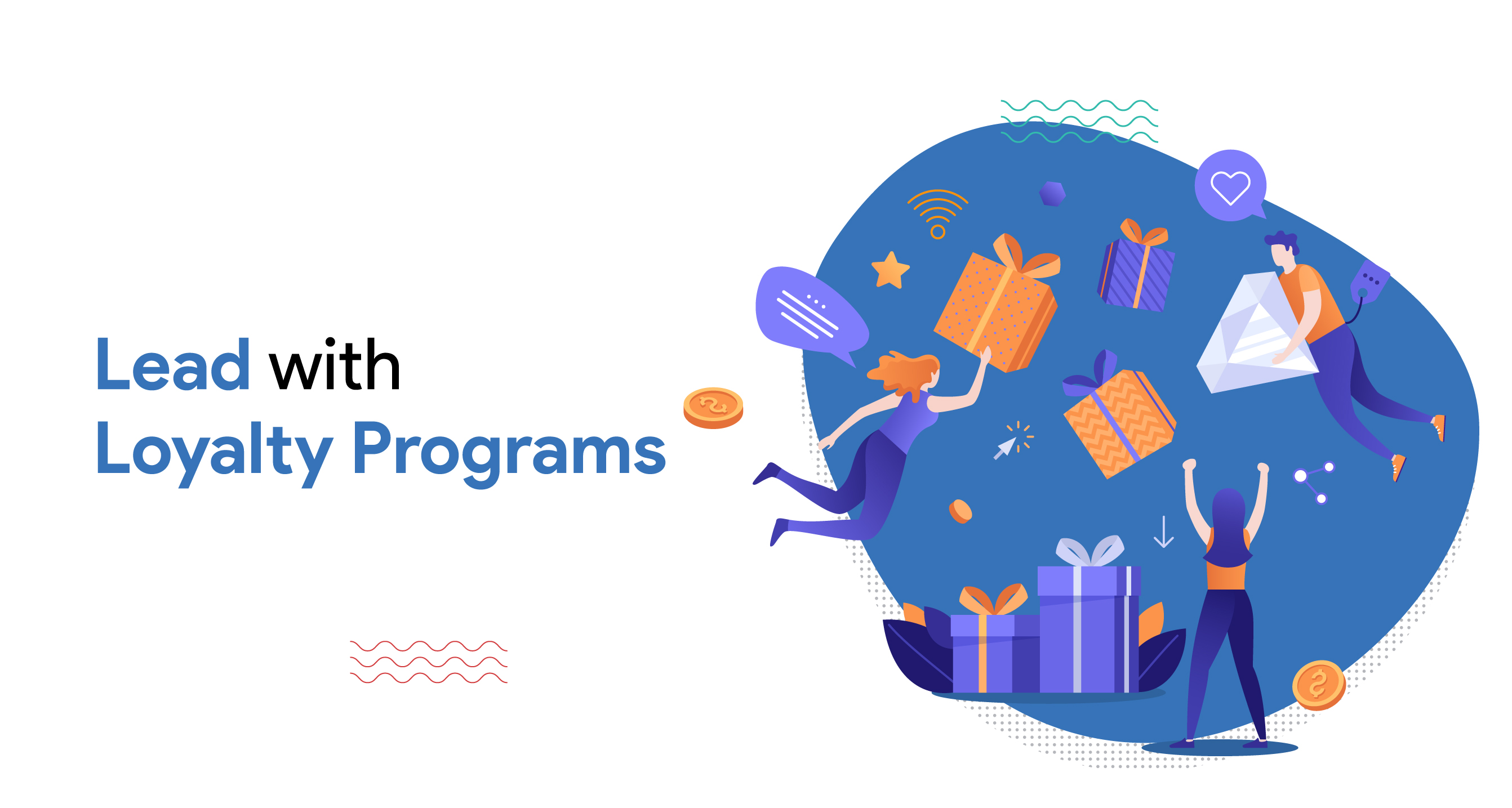
Lead with Loyalty Programs
Brands implementing a loyalty program on their e-commerce website or mobile app can reap benefits in collecting first-party data. In such cases, customers are extremely motivated to engage with the brand to provide additional personal information that they would have otherwise avoided giving. Earning rewards and benefits can also appeal to passive audiences also to shop repeatedly on the website. Incentives for website specific events like subscribing to the newsletter, completing a quiz, or their personal profile are becoming increasingly popular for brands running a loyalty program.
Why Ecommerce Marketers Love First-Party Data
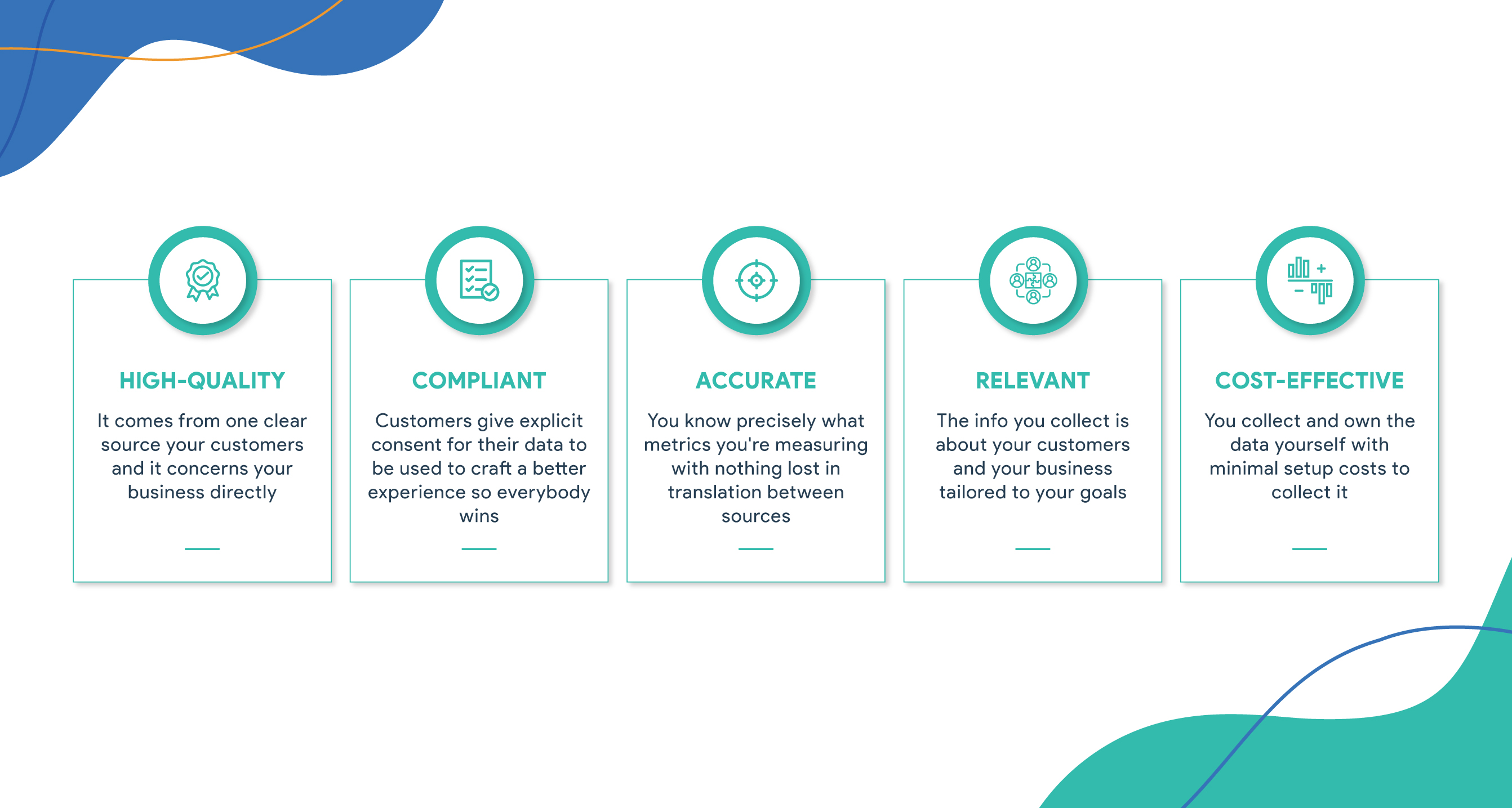
Using first-party data you can personalize an eCommerce experience for customers far more easily. With second or third-party data you risk bumping your head against the constraints of how that data was collected. It comes from another organization whose goals will never align 100% with your own. If you want a job done right, do it yourself.
When brands show they are responsible for data collection and are using it to provide better shopping experiences, customers are inclined to assist with sharing more about themselves. With stricter government laws and data privacy regulations in place. Brands should prioritize the implementation of consent mechanisms that allow customers to opt into experiences of their choice.













